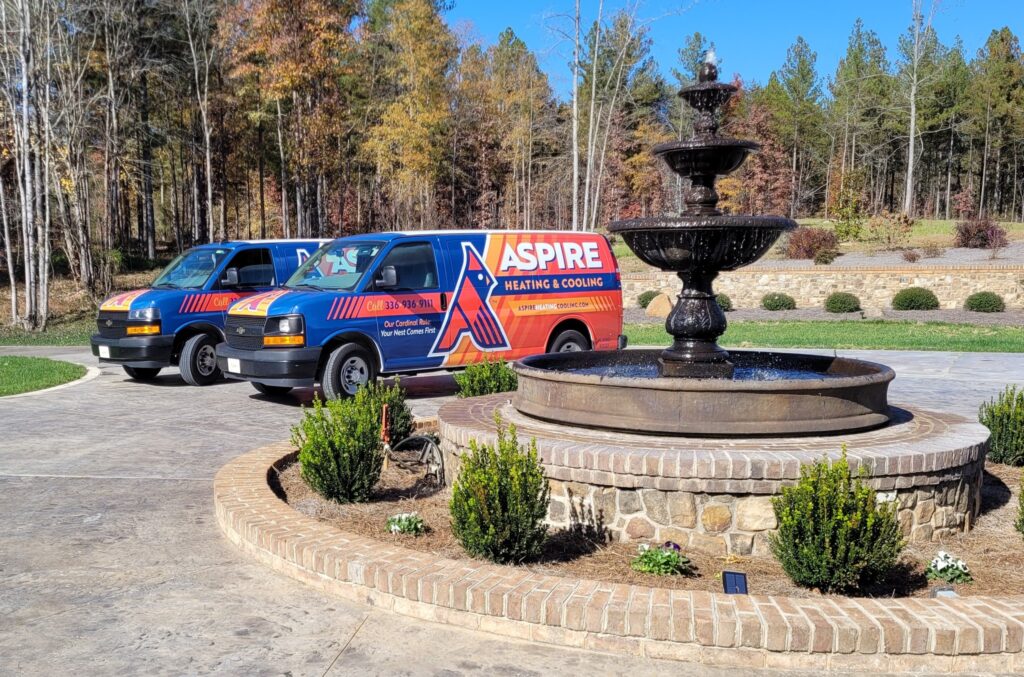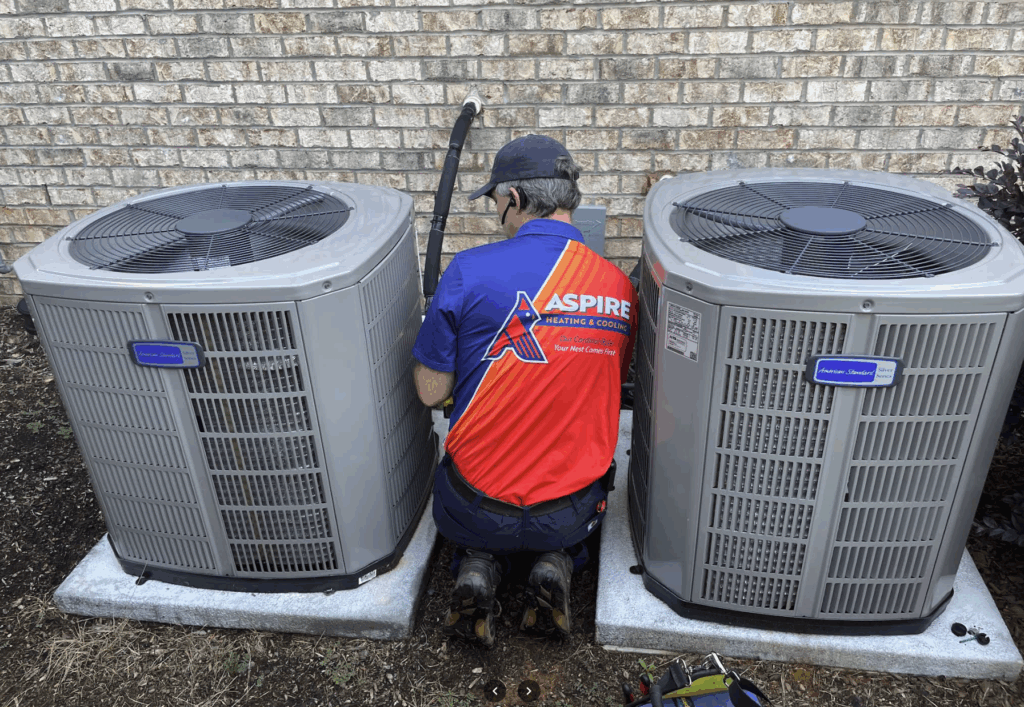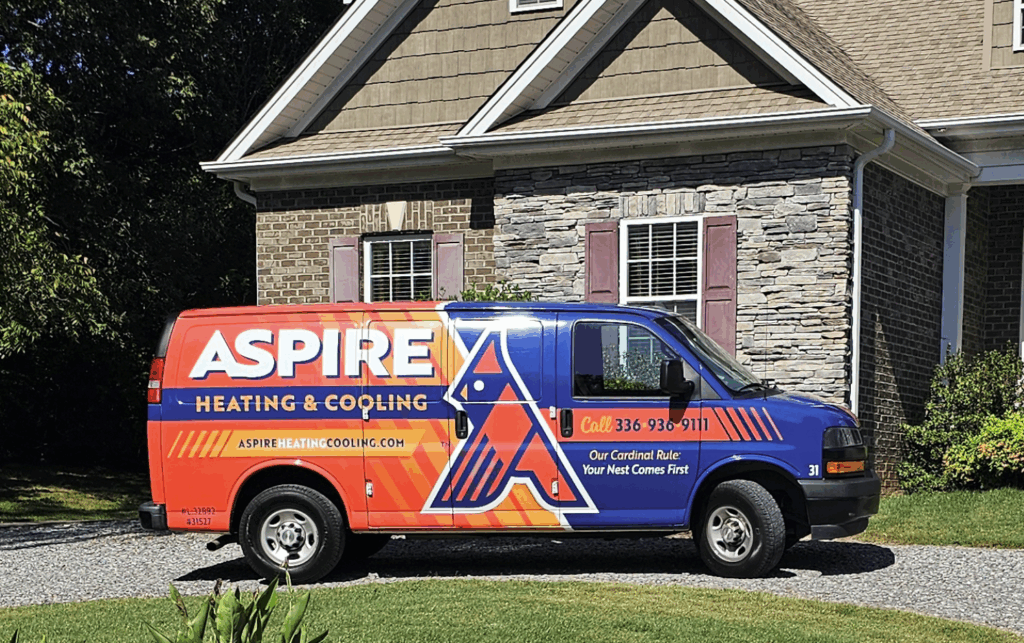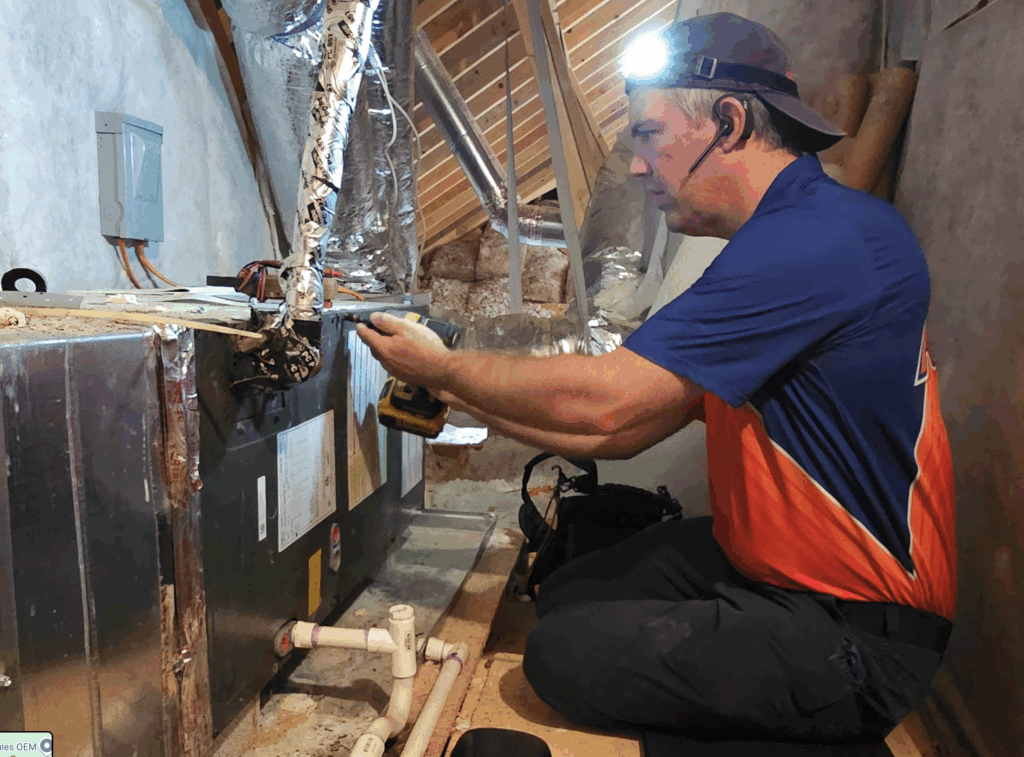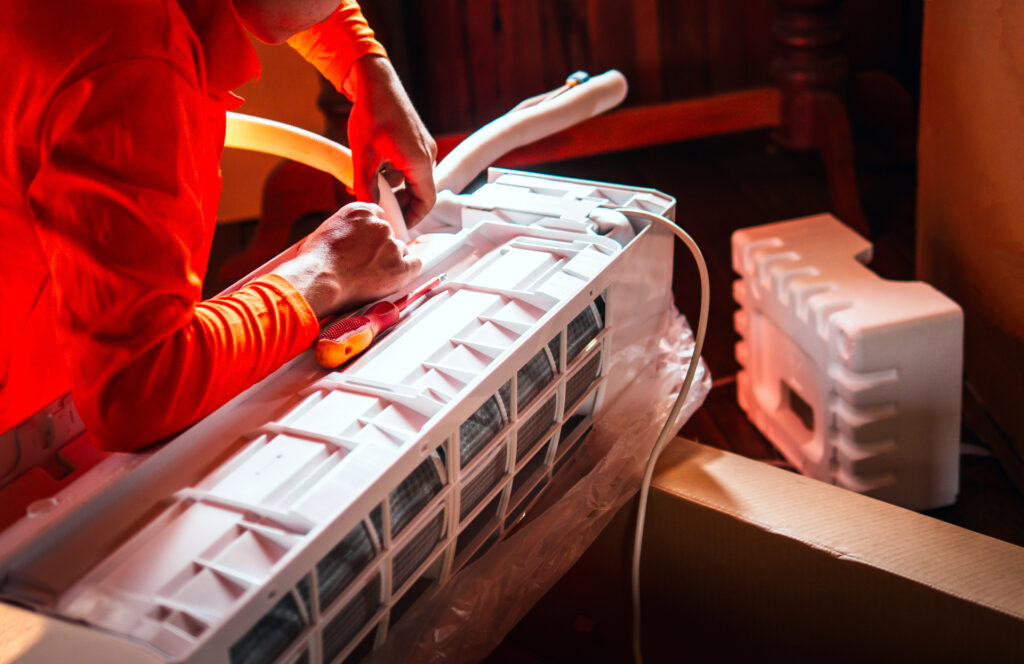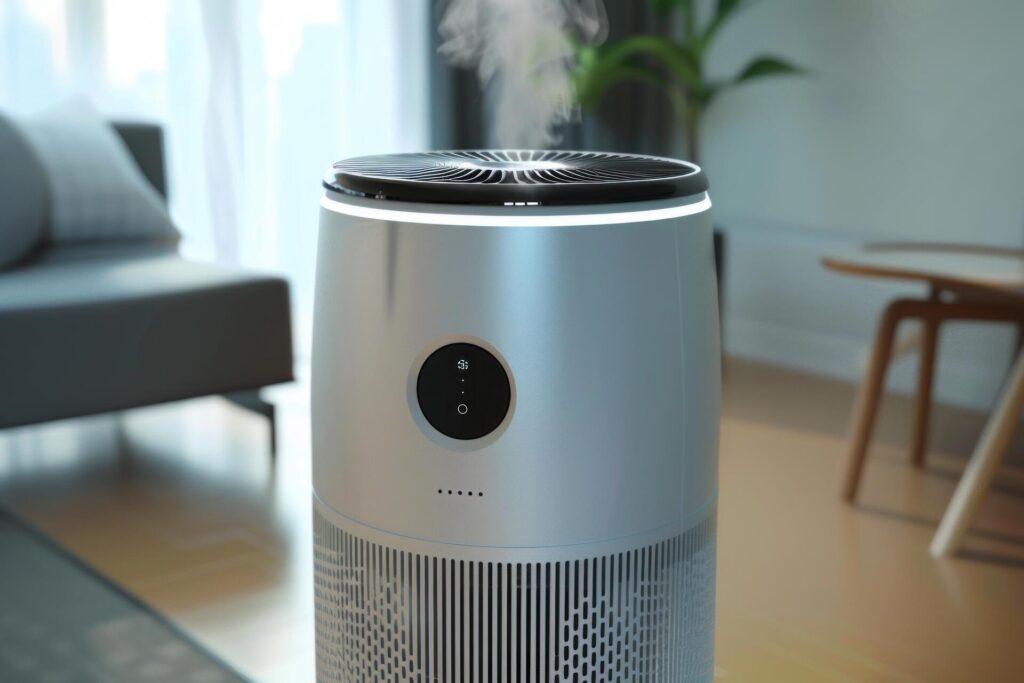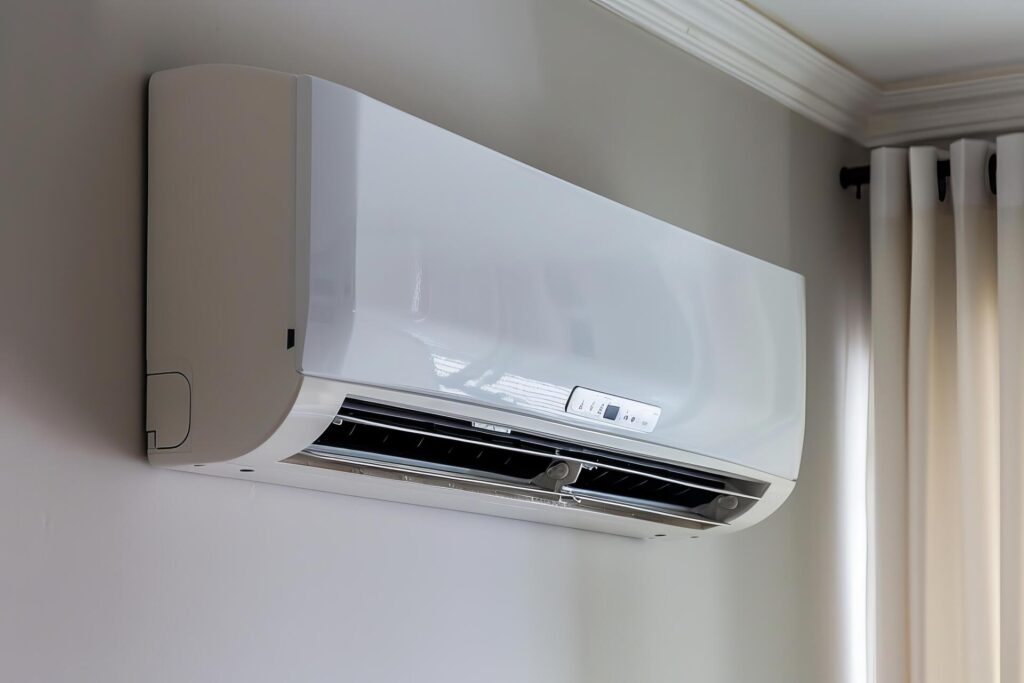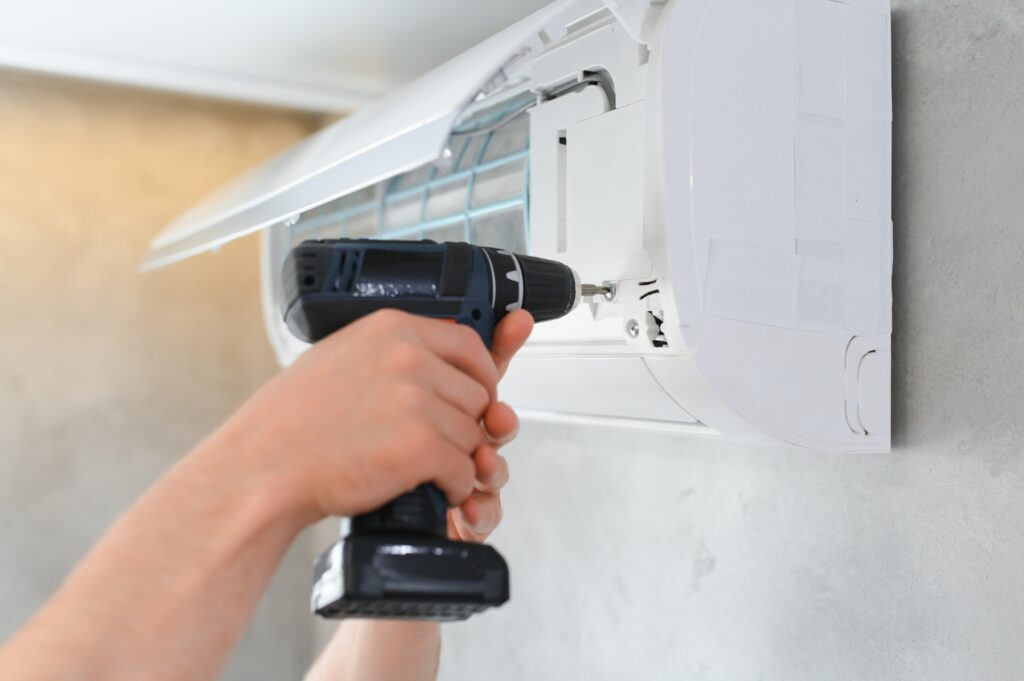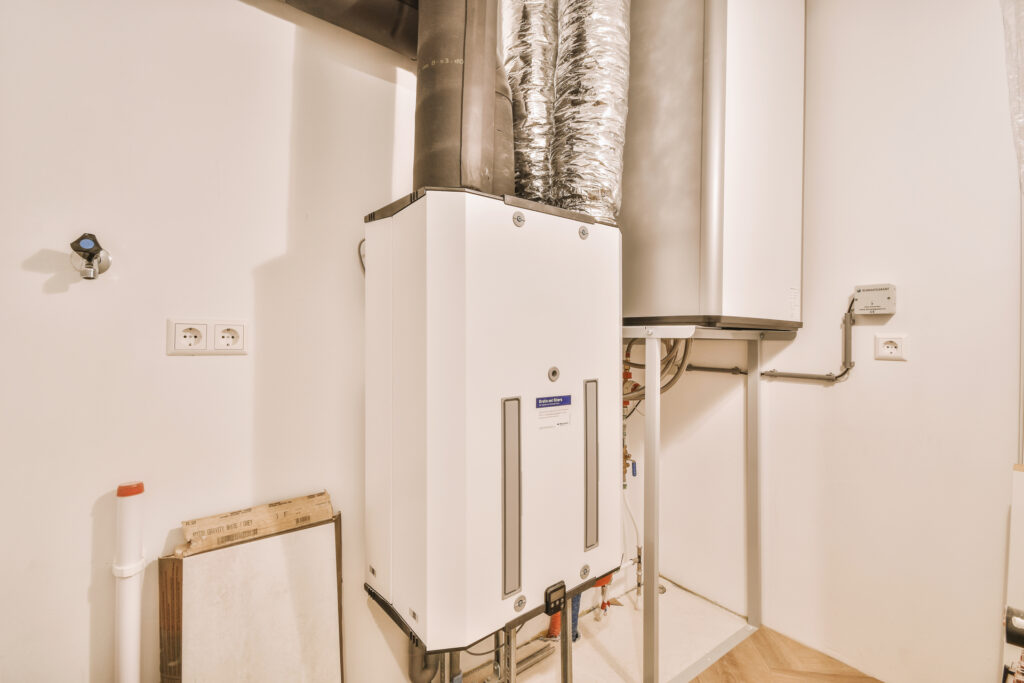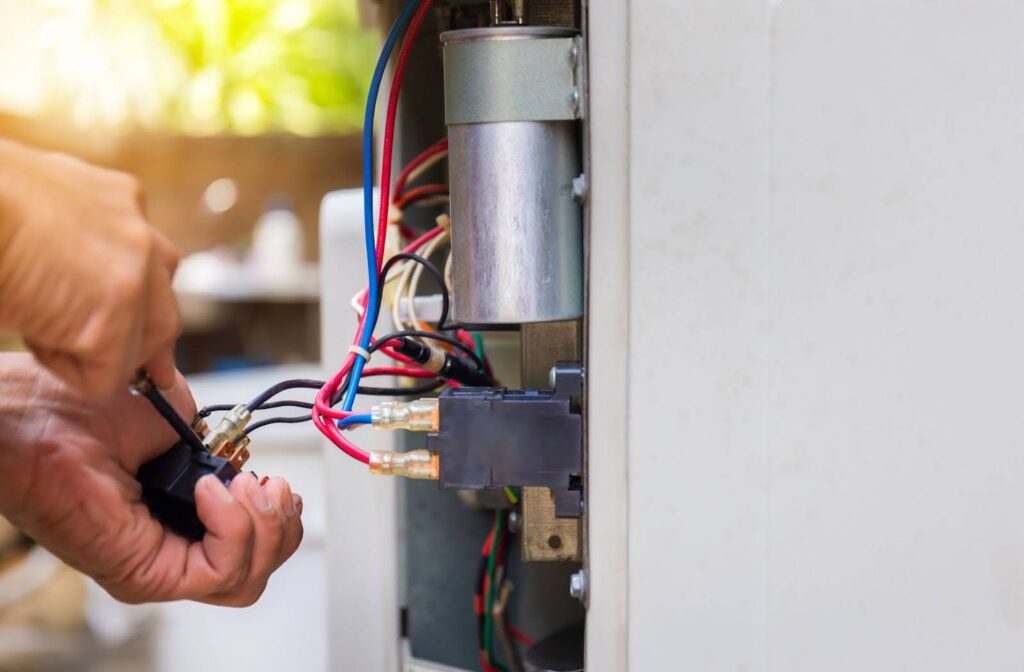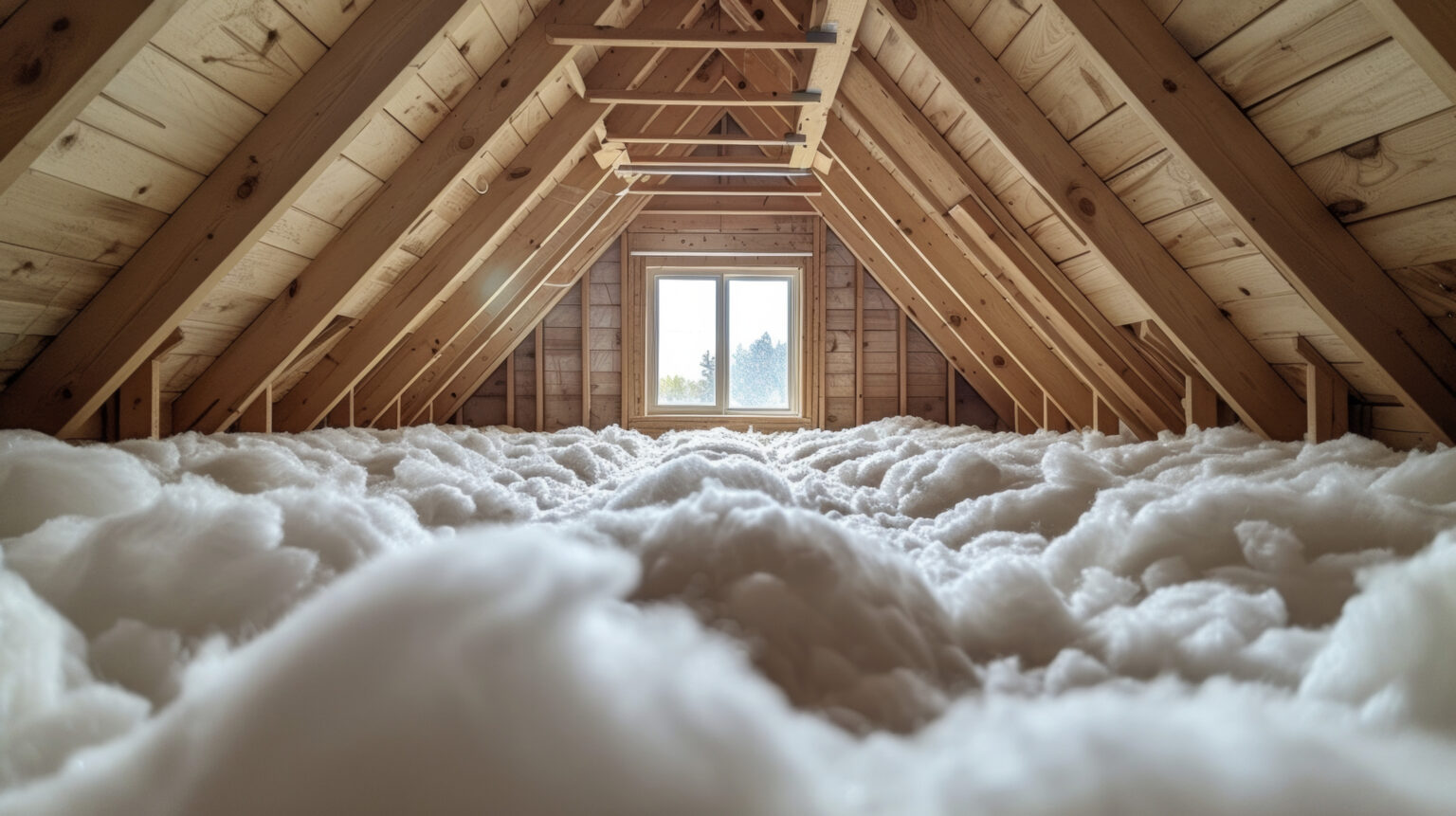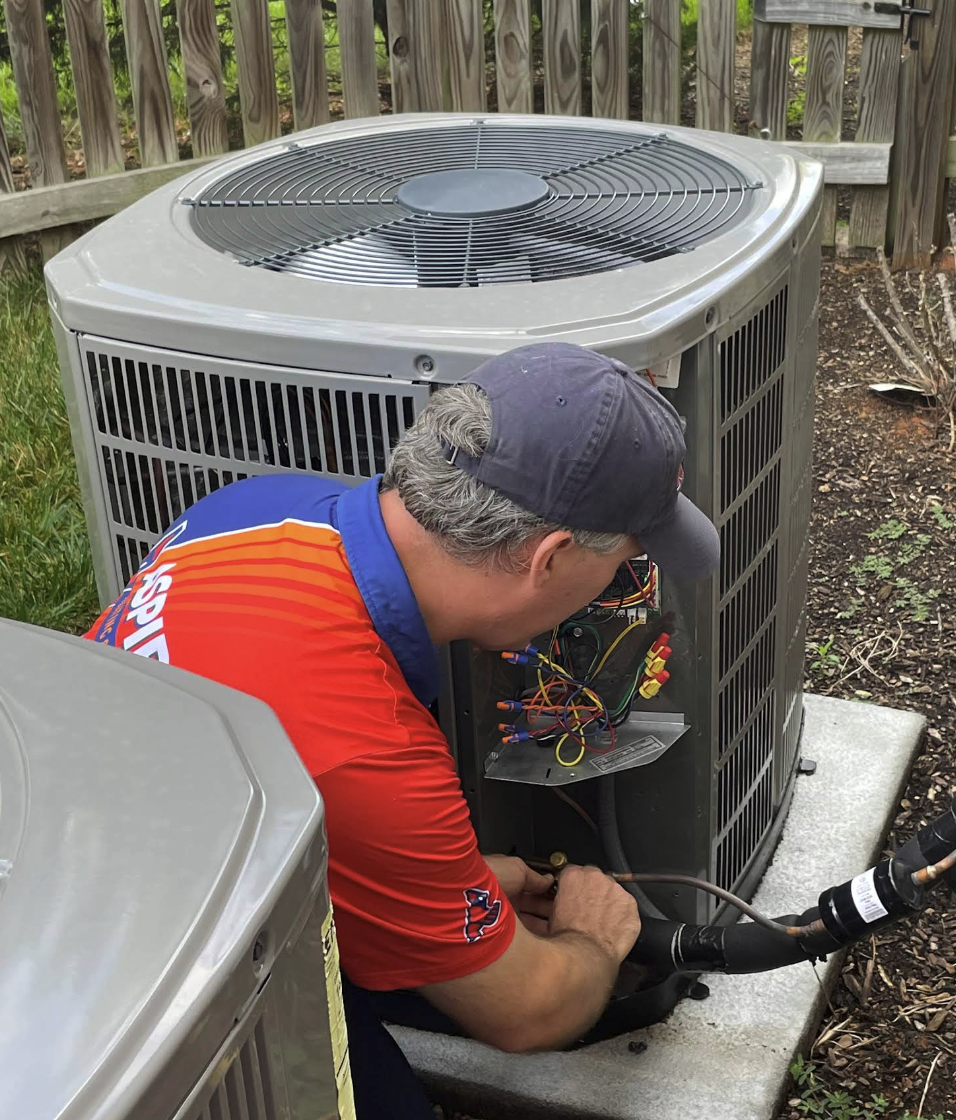When it comes to achieving peak performance and comfort from your HVAC system, insulation is an often overlooked but essential component. At Aspire Heating & Cooling, we know firsthand that a well-insulated home is the foundation for energy efficiency, steady indoor temperatures, and lower utility costs. Whether you’re building a new home or looking to upgrade your current residence, understanding how insulation impacts heating and cooling efficiency is the key to making smart, lasting investments in your comfort.
How Insulation Impacts Energy Consumption
Insulation acts as a barrier that slows the transfer of heat between the inside and outside of your home. In winter, it keeps warm air produced by your heater inside, and in summer, it blocks outdoor heat from seeping in. This thermal resistance—measured by the R-value—directly affects how much energy your HVAC system needs to maintain your desired temperature.
Homeowners can save up to 15% on heating and cooling costs by properly insulating attics, floors over crawl spaces, and accessible basement rim joists. Without sufficient insulation, your furnace or air conditioner has to work harder and run longer, which not only drives up energy bills but also increases wear and tear on your equipment.
Types of Insulation: Which Is Right for You?
There are several types of insulation available, each with unique benefits depending on your home’s structure and insulation needs:
Fiberglass Insulation
Fiberglass is one of the most common forms, available in batts and loose-fill. It’s cost-effective, fire-resistant, and works well in attics, walls, and floors. Fiberglass batts are easy to install in open areas, while loose-fill is ideal for filling irregular spaces.
Spray Foam Insulation
Spray foam offers both high R-value and air-sealing qualities. This type expands to fill gaps and cracks, making it a popular choice for attics, crawl spaces, and rim joists. Spray foam also helps reduce air leaks that can undermine other forms of insulation.
Cellulose Insulation
Made primarily from recycled paper products, cellulose is an eco-friendly option that is often blown into attics and wall cavities. It’s treated to resist fire, pests, and mold, and offers excellent coverage in hard-to-reach areas.
Rigid Foam Boards
Rigid foam boards are dense panels ideal for insulating foundations, basements, and exterior walls. They provide a high R-value per inch and help reduce thermal bridging, giving your home a robust thermal envelope.
The Importance of Professional Installation
While it may be tempting to consider insulation as a weekend project, the quality of installation can make or break its effectiveness. Gaps, compression, or improper placement can drastically reduce the expected R-value, compromising your home’s comfort and energy efficiency. Professional installers have the training to identify and address problem spots—like attic hatches, knee walls, and electrical penetrations—that are commonly overlooked.
A professional assessment can also determine whether your existing insulation is adequate or if it’s become damaged by moisture, pests, or settling over time. Upgrading insulation is a smart investment, as it not only lowers energy use but can also increase your home’s value and appeal.
Assessing and Upgrading Your Home’s Insulation
Not sure if your home is adequately insulated? There are a few signs that your home may be losing energy:
- Uneven temperatures: If certain rooms feel drafty or are hotter/colder than others, insulation could be lacking.
- High energy bills: Rising heating or cooling costs may indicate your HVAC system is compensating for heat loss or gain.
- Ice dams: In winter, ice dams on the roof can be a sign of poor attic insulation.
A professional energy audit can pinpoint specific areas of concern. This process typically involves a blower door test to locate air leaks and an infrared scan to detect heat loss.
If your insulation is outdated or insufficient, upgrading can be transformative. Modern insulation materials offer higher R-values and improved resistance to moisture and pests, delivering better performance over time. When paired with a well-maintained HVAC unit these upgrades can lead to significant savings and all-season comfort.
Long-Term Benefits of Proper Insulation
Investing in high-quality insulation pays off in several ways:
- Reduced energy consumption: With less heat loss and gain, your HVAC system operates more efficiently, lowering your utility bills.
- Improved comfort: Consistent indoor temperatures mean no more hot or cold spots, drafts, or frequent thermostat adjustments.
- Enhanced air quality: Sealing gaps helps prevent dust, allergens, and pollutants from entering your home, improving your family’s health.
- Prolonged HVAC lifespan: When your heating and cooling system doesn’t have to work overtime, it’s less likely to require costly repairs or premature replacement.
For more information about optimizing your home’s heating and cooling, check out our blog on energy-efficient HVAC solutions.
Partner with Aspire Heating & Cooling for Your Insulation Needs
The role of insulation in heating and cooling efficiency cannot be overstated. By partnering with experienced professionals, you can ensure your home stays comfortable, energy-efficient, and ready to withstand our region’s temperature swings. Aspire Heating & Cooling is here to help you assess, upgrade, and maintain your home’s insulation for years of reliable comfort.
Ready to get started? Contact us today to schedule an insulation assessment or to learn more about our HVAC services. Your comfort and savings are our top priorities!

